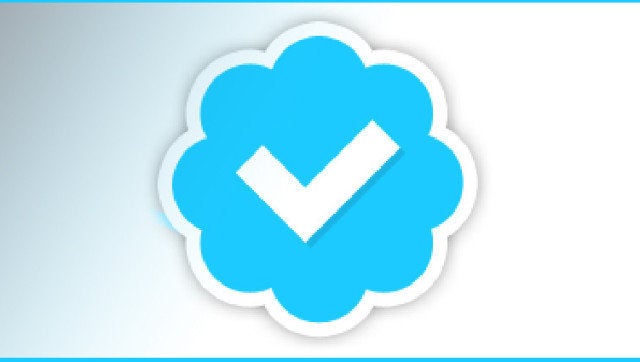
Apparently a lot of accounts are getting a blue checkmark on their Twitter profile today. It's a good time for a reminder on what verification even means, how it originated and how it has evolved.
Just because you're verified doesn't mean you're famous. In fact, it doesn't even equate to followers. It's a way Twitter establishes identity. To better understand verification on Twitter, let's go back to how it started.
The origin of the Twitter verification program dates back to the summer of 2009 when the social network announced the beta version of Verified Accounts.
Twitter had been sued by St. Louis Cardinals manager Tony La Russa after he was impersonated on the social network. It alludes to this in a blog post introducing the concept of Verified Accounts. Twitter co-founder Biz Stone wrote:
We do recognize an opportunity to improve Twitter user experience and clear up confusion beyond simply removing impersonation accounts once alerted. We'll be experimenting with a beta preview of what we're calling Verified Accounts this summer.
TechCrunch noted at the time that it wasn't just La Russa who inspired the verification process -- other celebrities, including Kanye West, had complained about the impersonation problem.
Back then, it was just far too easy to create a new account and pretend you're someone else. The verification badge made a huge difference, all but solving the issue. Today, pretty much the only time a verified account goes awry is when it's hacked.
Obviously a lot of time has passed since the summer of 2009. Verified accounts are long out of their beta phase. Twitter has collected feedback and verified countless more accounts.
And why does Twitter verify accounts today? Here's the official explanation:
Verification is currently used to establish authenticity of identities on Twitter. The verified badge helps users discover high-quality sources of information and trust that a legitimate source is authoring the account's Tweets.
It sounds similar to the original use case, but the definition opens up the possibility of a wider number of accounts getting verified. Again, it establishes identity. You don't even have to be a human being. Yes, this really is the Huffington Post.
Whether all verified users are consistently "high-quality sources" might be debated. Twitter itself has gotten interested in what's high-quality and what's not as made clear by this metadata change.
Give how quickly false information can spread (and information in general), it's a good thing too to know whether someone really is a journalist or that really is the company's official account. And that's why accounts get verified.
How to get verified is another matter; Gizmodo has some insights here. If you still have questions about verification, Twitter has an FAQ on the topic.
